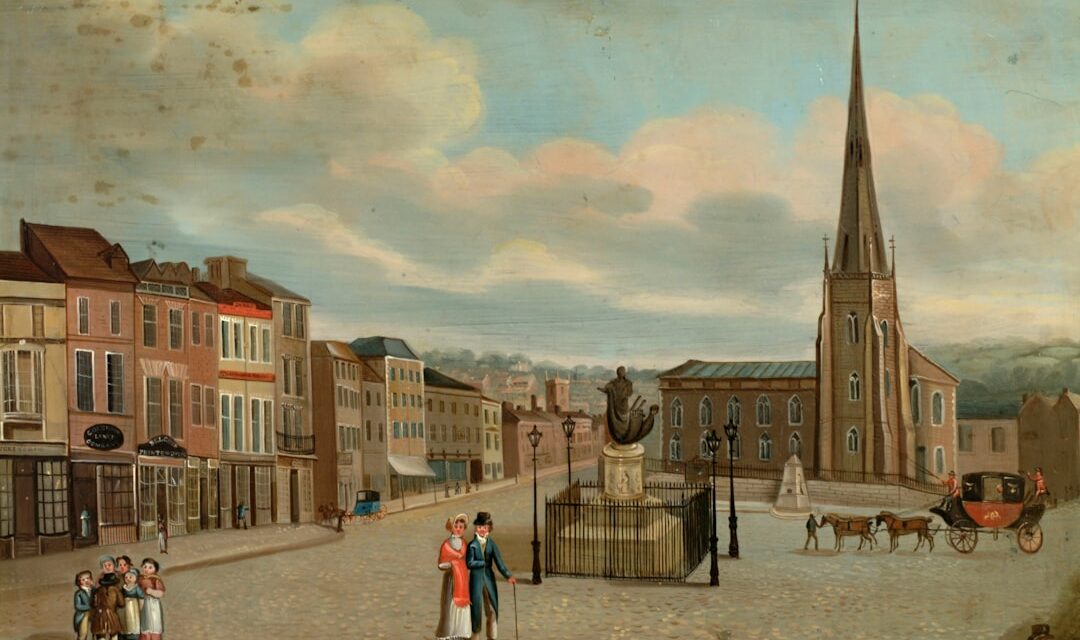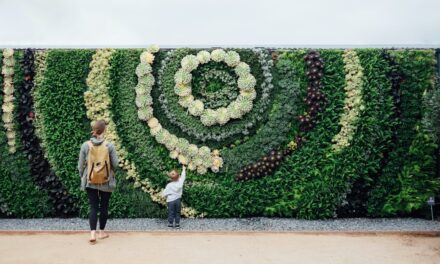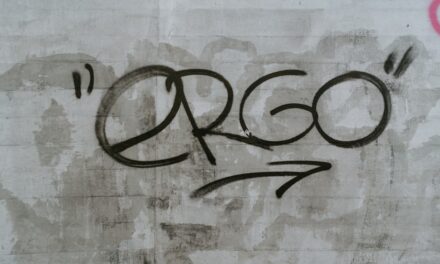Hendrick Terbrugghen, a prominent figure in the Dutch Golden Age, is often celebrated for his masterful integration of light and shadow, a hallmark of the Caravaggesque style. Born in 1588 in the city of Utrecht, Terbrugghen emerged as one of the leading painters of his time, contributing significantly to the development of Dutch Baroque art. His works are characterised by their dramatic use of chiaroscuro, a technique that creates a striking contrast between light and dark, enhancing the emotional depth of his subjects.
Terbrugghen’s paintings often depict religious themes, genre scenes, and portraits, all imbued with a sense of realism that invites viewers to engage with the narrative. Despite his relatively short life—he passed away at the age of 39—Terbrugghen’s artistic legacy endures. His ability to convey human emotion and spirituality through his art has left an indelible mark on the history of painting.
As we delve into the various facets of his life and work, we will uncover the influences that shaped his style, the context of his artistic community, and the lasting impact he has had on subsequent generations of artists.
Summary
- Hendrick Terbrugghen was a Dutch painter and a leading member of the Utrecht Caravaggisti, known for his realistic and dramatic use of light and shadow.
- Terbrugghen was born in The Hague in 1588 and trained in Utrecht under the influence of the Italian painter Caravaggio, which greatly impacted his style and techniques.
- His work was characterised by its use of strong chiaroscuro, naturalistic figures, and emotional intensity, reflecting the influence of Caravaggio and the Utrecht Caravaggisti.
- Some of Terbrugghen’s notable works include “The Calling of St. Matthew” and “The Concert”, which showcase his mastery of light and shadow and his ability to capture human emotion.
- Terbrugghen’s innovative use of light and shadow, along with his influence on later artists, has secured his legacy as a significant figure in the Dutch Golden Age of painting.
Early life and training
Hendrick Terbrugghen was born into a family of artists; his father was a painter and his mother came from a family of craftsmen. This artistic lineage undoubtedly played a crucial role in shaping his early inclinations towards art. Terbrugghen’s formal training began in Utrecht, where he was exposed to the vibrant artistic environment of the city.
He initially studied under the guidance of the renowned painter Abraham Bloemaert, who was known for his classical approach and mastery of colour. This foundational education provided Terbrugghen with a solid grounding in traditional techniques and compositional strategies. In 1607, Terbrugghen made a pivotal decision to travel to Italy, where he would encounter the works of Caravaggio and other Italian masters.
This journey proved transformative; it was during this period that he absorbed the principles of chiaroscuro and the dramatic realism that characterised Caravaggio’s oeuvre. The influence of Italian art would remain evident throughout Terbrugghen’s career, as he sought to blend these techniques with his own unique vision. Upon returning to Utrecht, he began to establish himself as an artist in his own right, drawing upon both his training and his experiences abroad.
Style and influences
Terbrugghen’s style is often described as a synthesis of Northern European traditions and the Italian Baroque. His works exhibit a keen understanding of light and shadow, which he employed not merely for dramatic effect but also to enhance the emotional resonance of his subjects. The use of chiaroscuro became a defining characteristic of his paintings, allowing him to create a sense of depth and volume that draws viewers into the scene.
This technique is particularly evident in his depictions of figures illuminated by a single light source, casting deep shadows that heighten the intensity of their expressions. The influence of Caravaggio is unmistakable in Terbrugghen’s work; however, he also drew inspiration from other artists within the Utrecht school, such as Gerard van Honthorst and Jan Lievens. These contemporaries shared a fascination with realism and the exploration of human emotion, which further enriched Terbrugghen’s artistic vocabulary.
His ability to capture the subtleties of human expression and interaction set him apart from many of his peers, allowing him to create compelling narratives within his compositions. As he developed his style, Terbrugghen became known for his ability to convey both the sacred and the secular with equal poignancy.
The Utrecht Caravaggisti
Terbrugghen was a key figure among the Utrecht Caravaggisti, a group of artists who were profoundly influenced by Caravaggio’s innovative approach to painting. This collective emerged in Utrecht during the early 17th century, as artists sought to emulate Caravaggio’s dramatic use of light and realistic portrayal of human figures. The Utrecht Caravaggisti distinguished themselves from their Italian counterparts by incorporating elements of Dutch realism into their works, resulting in a unique fusion that resonated with local audiences.
The group included notable artists such as Gerard van Honthorst and Jan Lievens, who shared Terbrugghen’s commitment to exploring themes of spirituality and human experience through their art. Together, they contributed to a vibrant artistic community that fostered experimentation and collaboration. Terbrugghen’s role within this group was significant; he not only adopted Caravaggesque techniques but also pushed their boundaries, developing a distinctive style that would influence future generations.
The camaraderie among these artists facilitated an exchange of ideas that enriched their individual practices and solidified Utrecht’s reputation as a centre for innovative art during this period.
Notable works
Among Terbrugghen’s most celebrated works is “The Calling of Saint Matthew,” which exemplifies his mastery of chiaroscuro and narrative composition. In this painting, Terbrugghen captures the moment when Christ calls Matthew to follow him, using dramatic lighting to highlight the figures’ expressions and gestures. The contrast between light and shadow not only enhances the emotional weight of the scene but also draws attention to the pivotal moment in Matthew’s life.
This work exemplifies Terbrugghen’s ability to convey spiritual themes with a sense of immediacy and realism. Another significant piece is “The Prodigal Son,” which depicts the biblical parable with remarkable sensitivity. Here, Terbrugghen employs rich colours and dynamic lighting to illustrate the emotional turmoil experienced by the characters.
The figures are rendered with an extraordinary level of detail, allowing viewers to connect with their plight on a personal level. This painting serves as a testament to Terbrugghen’s skill in portraying complex human emotions while remaining rooted in religious narrative.
Techniques and innovations
Terbrugghen’s techniques were innovative for his time, particularly in his approach to colour and composition.
This choice not only enhanced the emotional impact but also allowed him to create harmonious compositions that drew viewers into the narrative.
His brushwork was both precise and expressive, enabling him to capture intricate details while maintaining a sense of fluidity. One notable innovation was Terbrugghen’s use of light as a narrative device. Rather than merely illuminating forms, he employed light to guide the viewer’s eye through the composition, highlighting key elements while creating a sense of depth.
This technique is particularly evident in his portraits, where he skillfully manipulates light to accentuate facial features and expressions. By doing so, Terbrugghen not only enhanced the realism of his subjects but also imbued them with an emotional resonance that invites contemplation.
Reception and legacy
During his lifetime, Terbrugghen enjoyed considerable acclaim among his contemporaries, particularly within Utrecht’s artistic circles. His works were sought after by collectors and patrons who appreciated his unique blend of Caravaggesque techniques with Dutch realism. However, following his untimely death in 1629, interest in his work waned somewhat as other artists emerged on the scene.
It wasn’t until later that art historians began to recognise Terbrugghen’s contributions to Baroque painting and his role within the Utrecht Caravaggisti. Today, Terbrugghen is celebrated as one of the foremost painters of the Dutch Golden Age. His ability to convey complex human emotions through masterful use of light and shadow has earned him a place among the greats of Baroque art.
His influence can be seen in the works of later artists who sought to explore similar themes and techniques. As scholars continue to study his oeuvre, Terbrugghen’s legacy remains vital in understanding the evolution of Dutch painting during this remarkable period.
Personal life and relationships
Terbrugghen’s personal life remains somewhat enigmatic due to limited historical records; however, it is known that he married Maria van der Veen in 1615, with whom he had several children. His family life appears to have been intertwined with his artistic pursuits; many scholars suggest that domestic themes may have influenced some aspects of his work. The balance between personal life and professional ambition is often reflected in the intimate nature of his paintings.
Moreover, Terbrugghen maintained close relationships with fellow artists within the Utrecht Caravaggisti circle. These connections fostered an environment conducive to artistic growth and collaboration. The camaraderie among these painters not only enriched their individual practices but also contributed to a shared vision that defined Utrecht as a centre for innovative art during this period.
Influence on later artists
Terbrugghen’s impact on subsequent generations of artists cannot be overstated. His innovative use of chiaroscuro and ability to convey emotion through light influenced many painters who followed in his footsteps. Artists such as Rembrandt were particularly inspired by Terbrugghen’s techniques; they adopted similar approaches to light and shadow while developing their own distinctive styles.
Furthermore, Terbrugghen’s focus on human emotion resonated with later movements such as Romanticism, where artists sought to explore deeper psychological themes within their work. His legacy can be seen in various artistic traditions beyond Baroque painting, as contemporary artists continue to draw upon his mastery of light and form in their own explorations.
Exhibition and critical reception
In recent years, there has been a resurgence of interest in Hendrick Terbrugghen’s work, leading to several exhibitions dedicated to showcasing his contributions to art history. Major galleries have organised retrospectives that highlight not only his most famous pieces but also lesser-known works that reveal the breadth of his talent.
Critical reception has evolved over time; while initially overshadowed by other artists from the same period, contemporary art historians have begun to reassess Terbrugghen’s significance within the context of Dutch Baroque art. His innovative techniques and emotional depth are now recognised as pivotal elements that contributed to shaping the trajectory of painting during this era.
Hendrick Terbrugghen stands as a testament to the rich artistic heritage of the Dutch Golden Age. His unique blend of Caravaggesque techniques with Northern European realism has left an enduring legacy that continues to inspire artists today. Through his masterful use of light and shadow, he captured not only the physicality of his subjects but also their emotional essence, inviting viewers into intimate narratives that resonate across time.
As we reflect on Terbrugghen’s life and work, it becomes clear that he was not merely an imitator but an innovator who carved out a distinct place for himself within the pantheon of great artists. His contributions have shaped our understanding of Baroque painting and continue to influence contemporary artistic practices. In celebrating Hendrick Terbrugghen, we honour not only an exceptional artist but also a pivotal figure whose work transcends historical boundaries, speaking to universal themes that remain relevant today.
For those interested in exploring different art techniques, a helpful article to check out is Layered Colored Pencil Techniques for Realistic Blending. This article provides valuable tips and tricks for artists looking to enhance their skills in using colored pencils to create realistic and blended effects in their artwork. It complements the in-depth guide to the artist Hendrick Terbrugghen by offering practical advice on how to achieve certain effects in drawing and shading. Both resources can be valuable tools for artists looking to expand their knowledge and improve their craft.




